
In the forex market, every aspect is associated with at least some amount of risk. In fact, even the most experienced traders sometimes suffer devastating losses when the market moves against them. Instead of letting go of calculations altogether and thinking that the market movement is just luck, as if traders are throwing dice around, it’s best to put together a risk management plan. The greatest traders are not those who don’t experience any losses, which is impossible by the way, but those who have solid risk management strategies in place so that they minimize all possible losses.
In this article, we will go over 10 strategies for risk management in forex that every serious trader should know and implement. Every one of these strategies is simple enough to learn here, but hard enough to master through trial and error. Understanding the different types of risk management in forex allows traders to create a more robust and personalized trading plan. Read on to learn how you can secure your trades more efficiently with these 10 risk management strategies in forex.
1. Use a Stop-Loss Order
The essential mechanism that all those who want to know how to trade in forex have to learn is the stop-loss order. These types of orders ensure that losses are kept to a minimum without spiraling out of control and devastating the trader. A stop-loss order is when a trader sets a specific value at which the broker is ordered to sell to minimize losses if their position goes below. Basically, it is closing a trade at a predetermined level.
Traders usually use technical analysis to determine their stop-loss levels. For example, through technical analysis, they can understand the support and resistance levels, which are usually the zones of stop-loss orders. Traders also might choose their stop-loss order based on a fixed percentage of their capital that they can tolerate losing. They can also use moving averages to better grasp the best point to put a stop-loss order.
The best part of a stop-loss order is not only that it can protect the trader from unexpected market fluctuations, but more importantly, that it minimizes emotion-driven decision-making. Basically, if a trader is left to their own devices and sees the market plummeting, for example, they might make decisions based on fear or stress. But if they have made stop-loss orders in anticipation of such unexpected fluctuations, the plan they have made (assuming it was correct) will work without the need for the emotions of the traders to become involved.
The risk every trader runs by using a stop-loss order is that if the order is too tight, it can cause trades to end prematurely. On the other hand, if it is set too wide, then the trader’s capital might be exposed to unnecessary risk. Finding a balance on where to place the stop-loss order is based on market conditions, trading strategy, and the technical analysis that the trader has done beforehand.
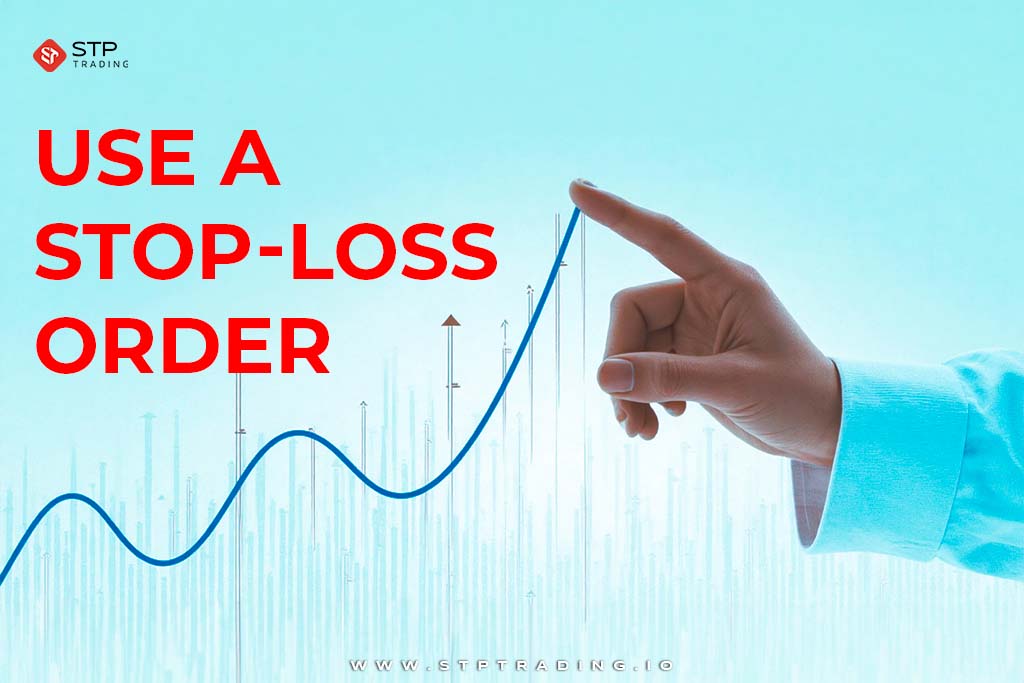
Top Trading Strategies in the Forex Market
2. Determine Your Risk Per Trade: How Do I Calculate My Risk in Forex?
Determining how much you are willing to risk is crucial to understanding forex trading. In fact, it can be counted as the umbrella forex strategy under which all other risk management strategies fall. Most professional traders use the 1% rule to keep things simple. This rule states that traders don’t risk more than 1% of their total capital on any given trade. This keeps losses manageable and won’t let a drawdown or a series of them ruin the trader’s trading capabilities. This percentage sometimes changes. For example, many professional traders follow the 2% rule; 2% risk management in forex is when a trader only uses 2% of their capital in a trade.
Also, even on a losing streak, traders usually need to stay in the game long enough to benefit. Even the most highly successful traders only win around 50-60% of the time, so losing is not only normal but extremely common. Overall, it’s not a matter of whether a trader will lose or not in their trades, but rather how much they are willing to lose without restricting their future movement in the market. The calculation of risk management in forex involves lot size, stop-loss orders, and risk percentage, making your trading game more methodical and less impulsive.
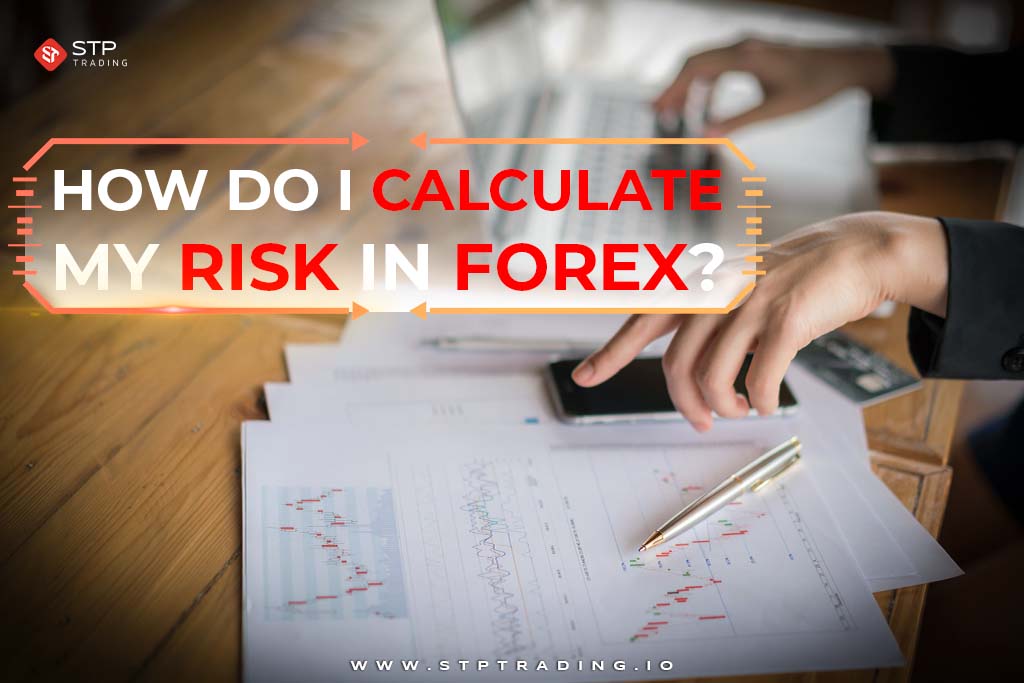
3. Apply Proper Leverage
Leverage is a great tool in every forex trader’s toolkit. It helps traders gain access to larger positions with limited amounts of capital. The problem is that even though leverage helps traders achieve better gains, it also can magnify losses by great amounts, eating into the trader’s initial deposit and even maybe initiating a margin call.
The problem in these cases is not the use of leverage itself but being over-leveraged. Traders who use lower leverage, such as 10:1 or 20:1, usually have more control over their accounts and experience less volatility. Though it seems to many traders that low leverages limit potential profit, in the long term, they can help the trader stay consistent and sustain themselves without any existential margin calls threatening them.
Higher leverage is best to use when traders are quite experienced and have a good grasp of all kinds of forex analysis. Novice traders who start with high leverage ratios such as 500:1 run high risks of margin calls and account blowout. A solid risk management strategy should use proper leverage.
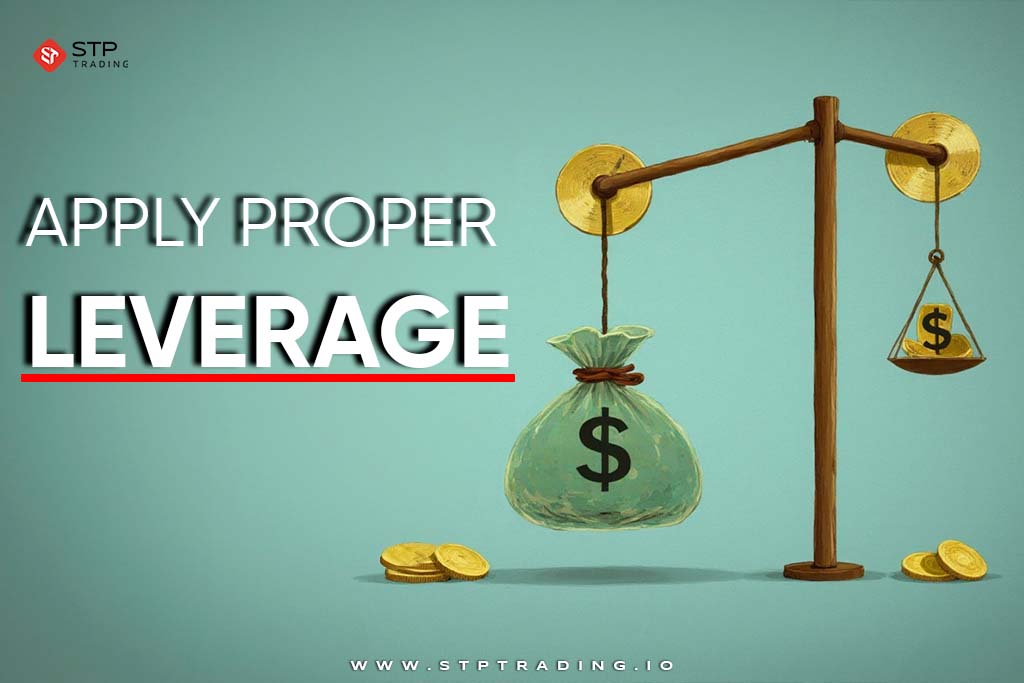
4. Diversify Your Trades
One of the most well-known principles of professional trading in the forex market is not to put all your eggs in one basket. In other words, in any investment, it is best to diversify for the purpose of risk management, and forex is no different. Diversification in forex means spreading risk across multiple currency pairs or even across different trading strategies. This way, a loss in one trade can be offset by gains in another.
For example, a trader can trade a combination of major pairs like EUR/USD alongside an exotic currency pair. Since the trader has chosen assets that don’t move in tandem, the risk of both trades suffering from the same market event is reduced.
Diversification also adds another benefit to risk management since it prevents emotional decision-making. When a trader’s entire capital is tied to a single trade, it becomes difficult to maintain rationality in the face of market fluctuations, but when their capital is tied up in different currency pairs, it is easier to view decisions rationally, further decreasing risk.
5. Keep Emotions in Check
A profitable trader is a consistent trader, and consistency is key in forex trading. The forex market, by nature, is full of fluctuations and fast-moving, and as a result, an emotional rollercoaster for traders. If emotions deviate traders from their plans and make their analyses of the market null and void, then the trader will make mistakes such as taking larger risks or exiting positions prematurely.
Making plans beforehand, creating clearly defined strategies with the help of other minds, and keeping a trading journal to reflect on trading patterns that you possess can help with keeping emotions in check. Discipline is the key to successful trading and is something that traders become better at over time.
Traders are only human, and it does not make sense to simply tell oneself not to be emotional. The thrill of trading in risky moments can get to anybody, even truly experienced traders. It’s important to be self-conscious enough to anticipate these moments and stick to trading strategies instead of impulsive decisions. Creating mental clarity through meditation or exercise, or even taking a break, can help with not feeling overwhelmed or burned out, especially after losing streaks.
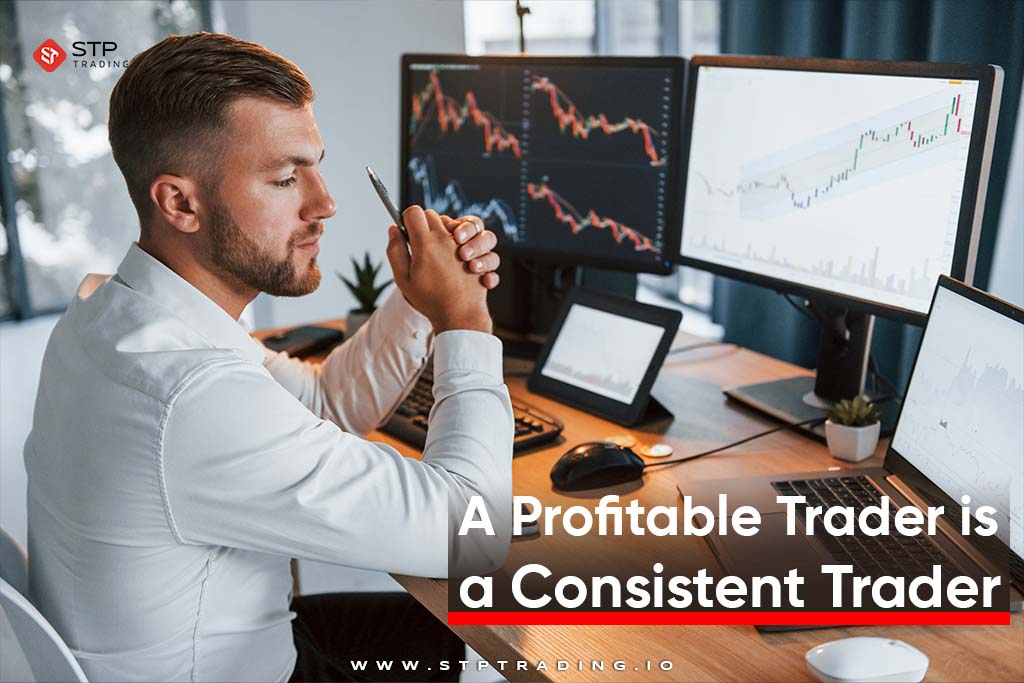
6. Trade with a Plan
Winging it in the Forex market is a recipe for disaster. Having a trading plan is crucial, especially for risk management strategies in forex for beginners. Because it can help keep emotional decision-making to a minimum while also managing risk and increasing the chances of making a profit with a well-thought-out strategy.
A good trading plan outlines the trader’s strategy, their risk limits, trading hours, preferred setups, and even psychological rules to keep count of while trading. Think of it as a roadmap that the trader can keep going back to whenever they feel lost in the maze of forex trading.
A clear plan not only outlines what a trader is going to do and how they are going to do it, but it also gives traders confidence in their decisions, giving them mental clarity as they open their positions. But trading plans aren’t always perfect. It’s perfectly possible for a rational trader to go against their plan at a decisive moment if there are rational reasons behind this decision. In these cases, it’s a good change to update the trading plan and make necessary changes. No one trading plan is perfect or will even remain perfect. A good trading plan will even make losses a learning opportunity for the trader.
When making a trading plan, it’s usually a good idea to visualize it, especially if you’re a visual learner. A forex risk management chart visually breaks down your trades by risk levels, stop-loss placements, and target profits. Such charts can make it easier to check plans over and over again every once in a while.

7. Monitor Economic Calendars
Though many traders rightly focus on small timeframes in the forex market, being ignorant of economic news, world news, and the geopolitical status of the world in general can be a fatal error for traders. Major economic events—such as interest rate decisions, inflation data, and employment reports—can cause significant volatility in currency pairs. Knowledge of when these announcements are going to be made and predicting how they will affect the future helps make a good trading plan.
When traders ignore economic calendars, they are more likely to experience unpredictable behavior in the market, and they won’t know where it comes from. In fact, a lot of the time, the widening of spreads and slippage can only be truly explained through economic news instead of guesswork.
Even if a trader doesn’t want or doesn’t know how to gain from high-impact news, they still need to know and monitor the economic calendar to at least know when to avoid trading.
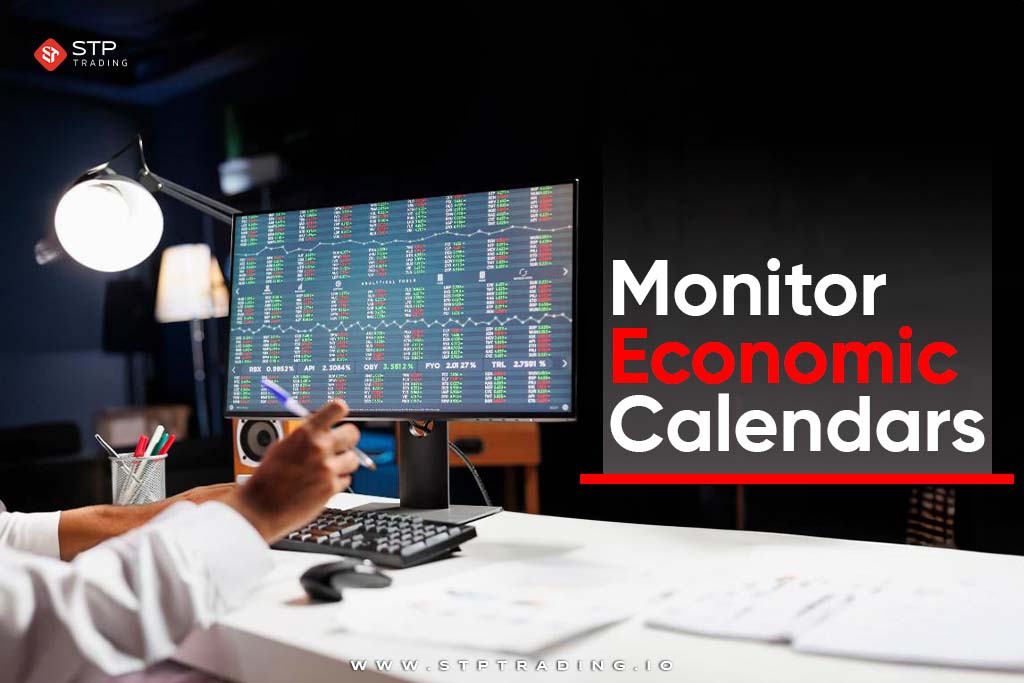
8. Use Risk-Reward Ratios
One of the best risk management strategies in forex trading is to use risk-reward ratios. Using these, traders can rationally examine how much they are willing to risk in order to gain what amount. For example, a 1:2 ratio means that risking $100 will potentially earn a trader $200. These ratios help traders understand how much they can risk as well, since with a proper execution, traders can still be profitable even if they lose more trades than they win.
Such ratios force traders to think of their trades in these terms and see how probability is working in their favor or not. This way, trades that seem exciting or urgent lose the trader’s focus in favor of actually profitable positions that the trader can open.
Risk-reward ratios need to be adjusted constantly based on the trader’s conditions, along with market conditions at any given moment. Overall, risk-reward ratios make the trading game into a number game instead of a simple gamble.
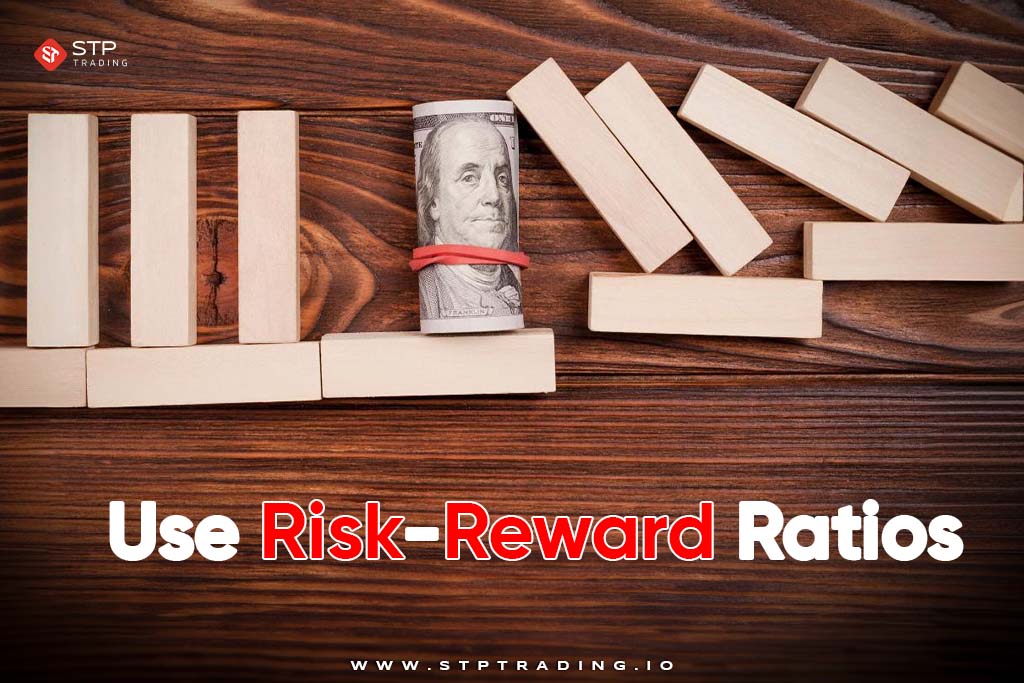
9. Avoid Overtrading
Overtrading is when traders feel like they always have to be in the market, monitoring movements and making trades. This stems from the emotional pressure of trading or the illusion of control. Hoping to “win back” what has been lost can lead to adverse effects on the mental health of a trader, which subsequently leads to less rational decisions, losing them even more money than they had lost before.
It’s important to have a consistent schedule of the days or weeks you trade to allow time to rest and keep judgment skills sharp. Trading more often doesn’t always lead to more profits, even though many traders don’t know this. Though some strategies rely on high amounts of trades, it’s still important to be patient and not fall into the trap of overtrading.
Incorporating Market Profile vs. Volume Profile into your analysis can strengthen your risk management framework.
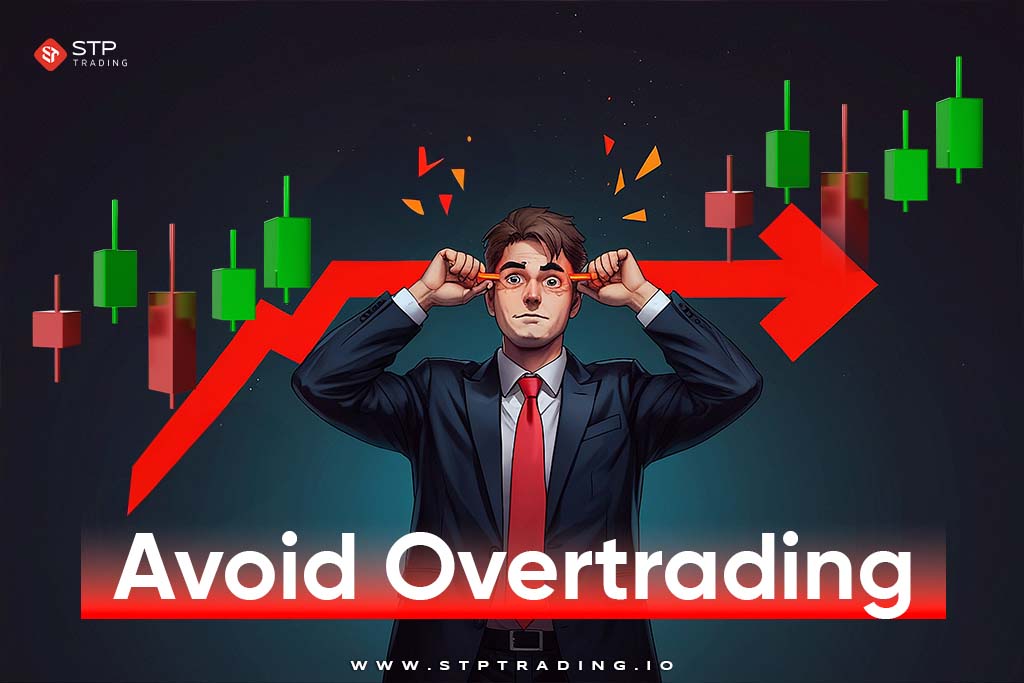
10. Regularly Review and Adjust Your Trading Plan
The dynamic nature of the forex market makes it just predictable enough to feel hurt if you don’t make a profit and yet unpredictable enough to always have hope that what didn’t work today could work tomorrow. The opposite is also true, meaning that what works today may not work tomorrow.
This dynamic fluctuating nature of the forex market means that no matter the trading plan, the fundamental, sentiment, and technical analyses, and the calculations, everything has to constantly be reviewed. This means traders have to regularly review and adjust trading strategies instead of getting comfortable with a winning formula. There are rarely any winning formulas that guarantee success in the forex market, and even when guaranteed opportunities for profit appear out of thin air, they also melt into air at a moment’s notice.
With the use of risk/reward ratios, a trading journal to analyze your trading trends, maximum drawdown, and other tools, traders can become professional at their job while changing strategies when needed in no time.
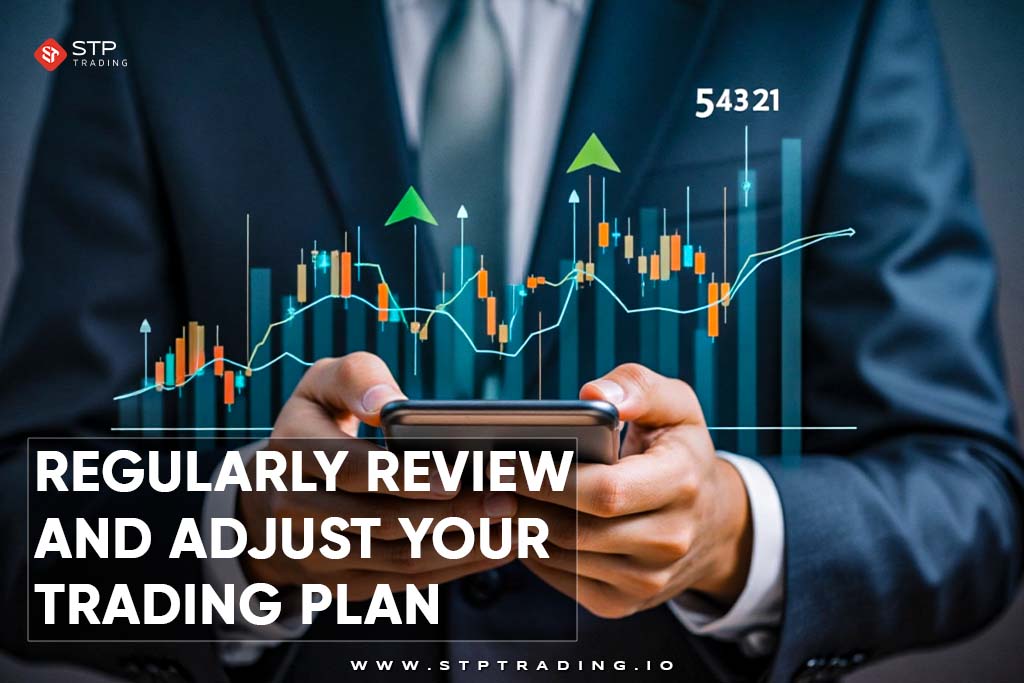
Mastering Risk Management in Forex
What is the best risk management strategy for forex? It often depends on your trading style, but in general, forex trading requires a multi-faceted approach that incorporates the right mix of analysis, strategy, and emotion. Mastering risk management in forex is the key factor that separates great traders from mediocre ones. By implementing these 10 risk management strategies, you can slowly but surely start to make a profit and lower the amount of losses that you take. Remember, in trading, it’s not about how much you make, but how much you keep.
Use STPTrading’s demo account to put your risk management skills to the test. As one of the best forex brokers in 2025, we provide the perfect environment to get the hang of everything you are taught in theory through a real-world-like experience. We provide different trading account types that traders can use to take the most advantage of the forex market. Sign up today to start trading wisely and smartly!






